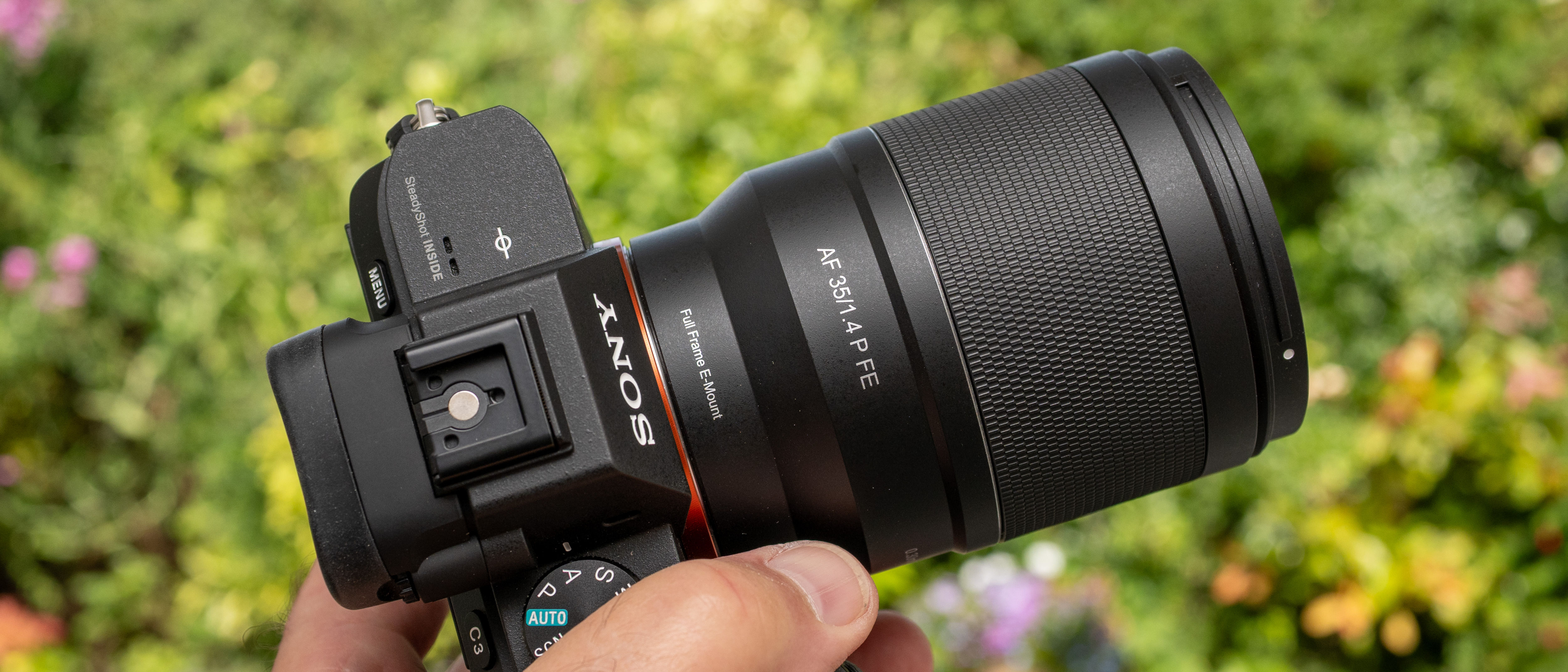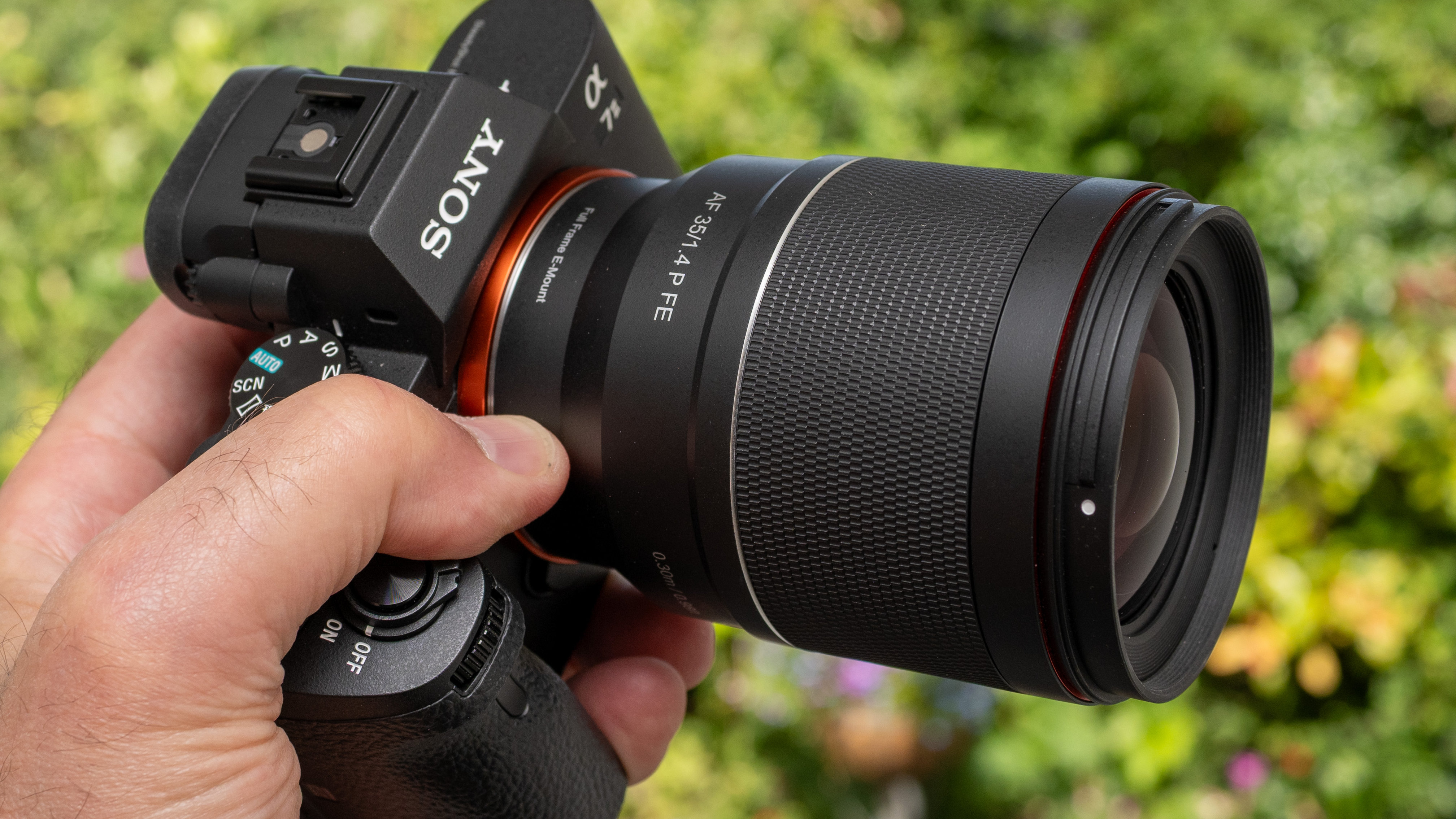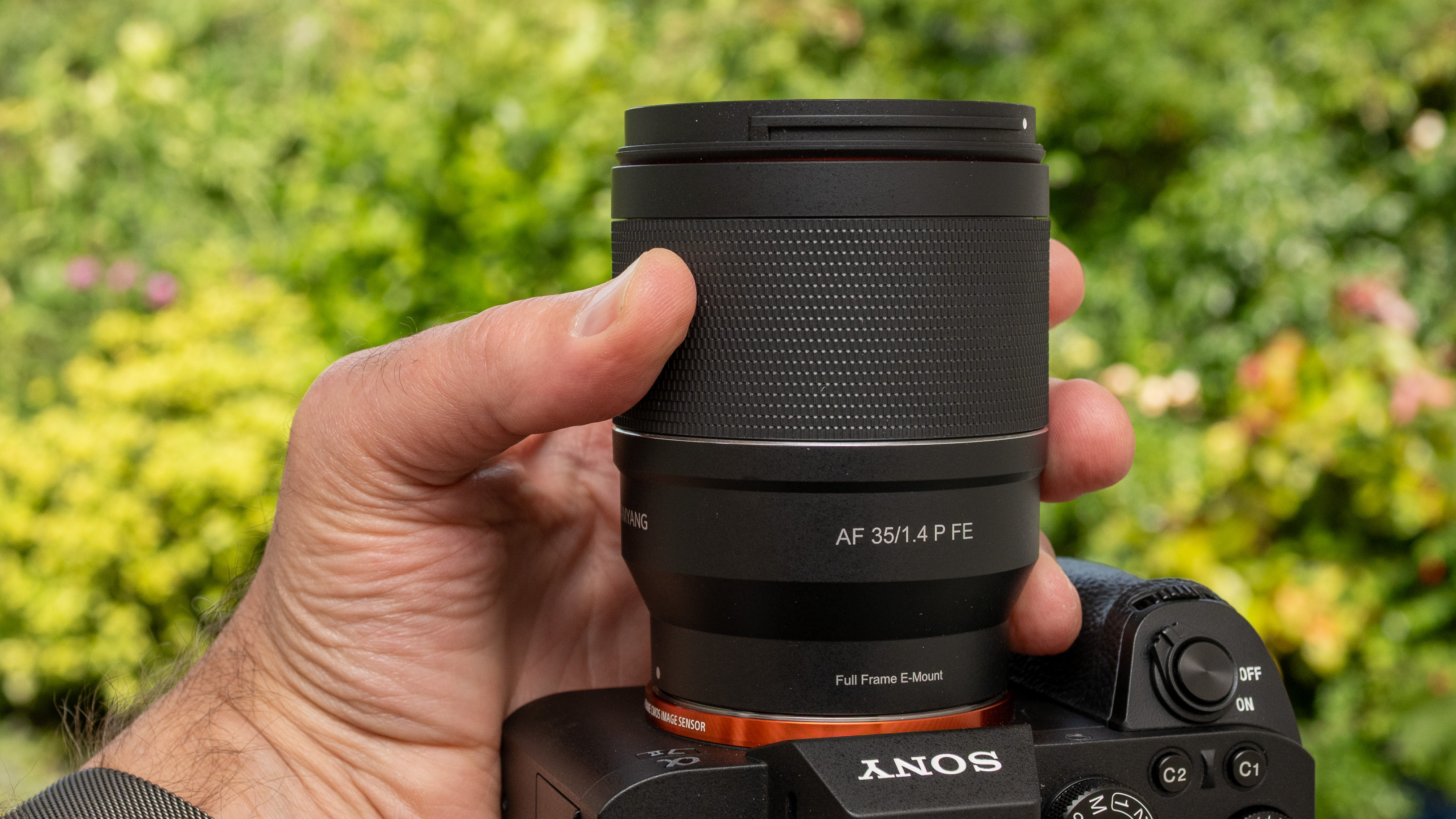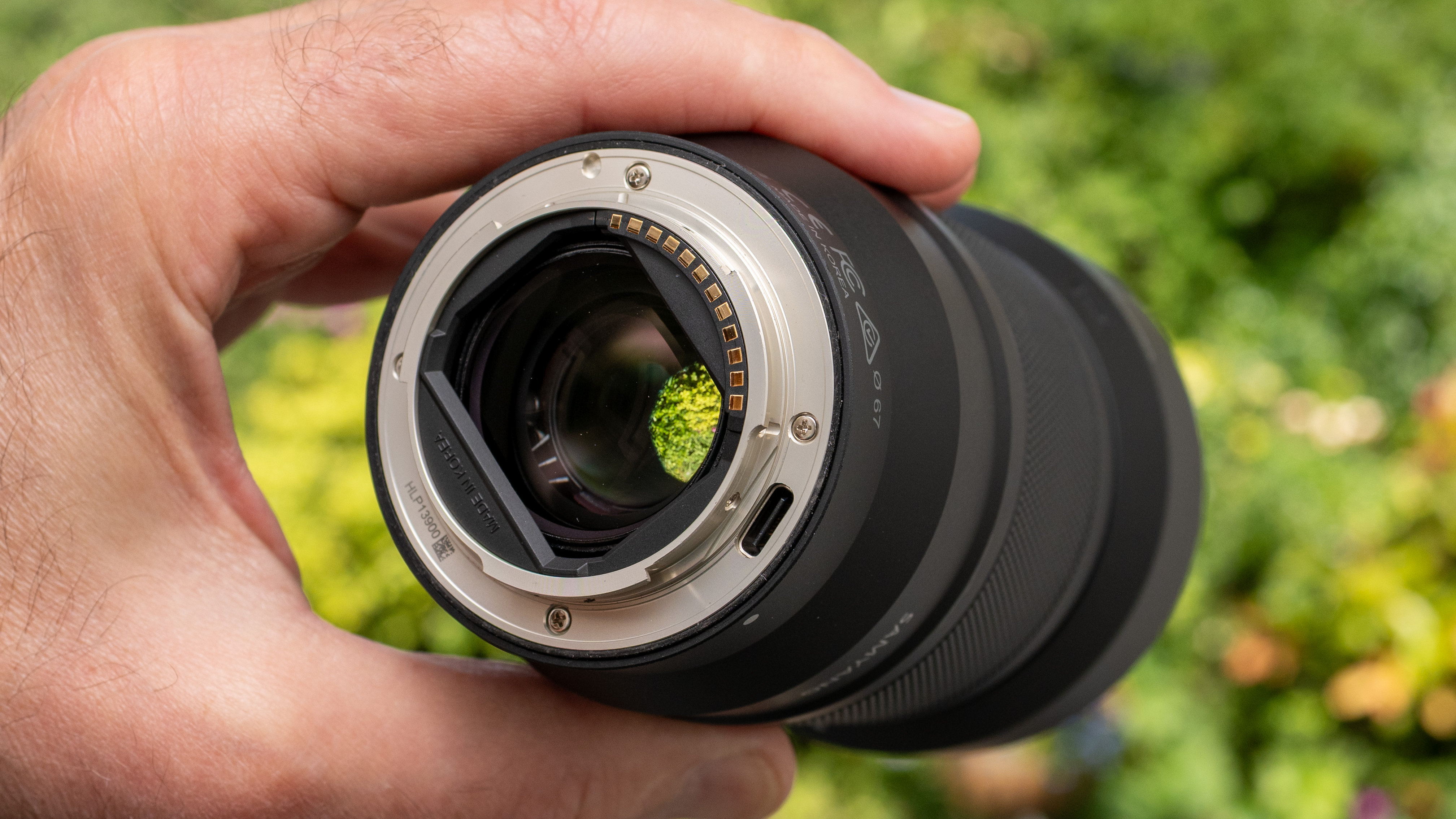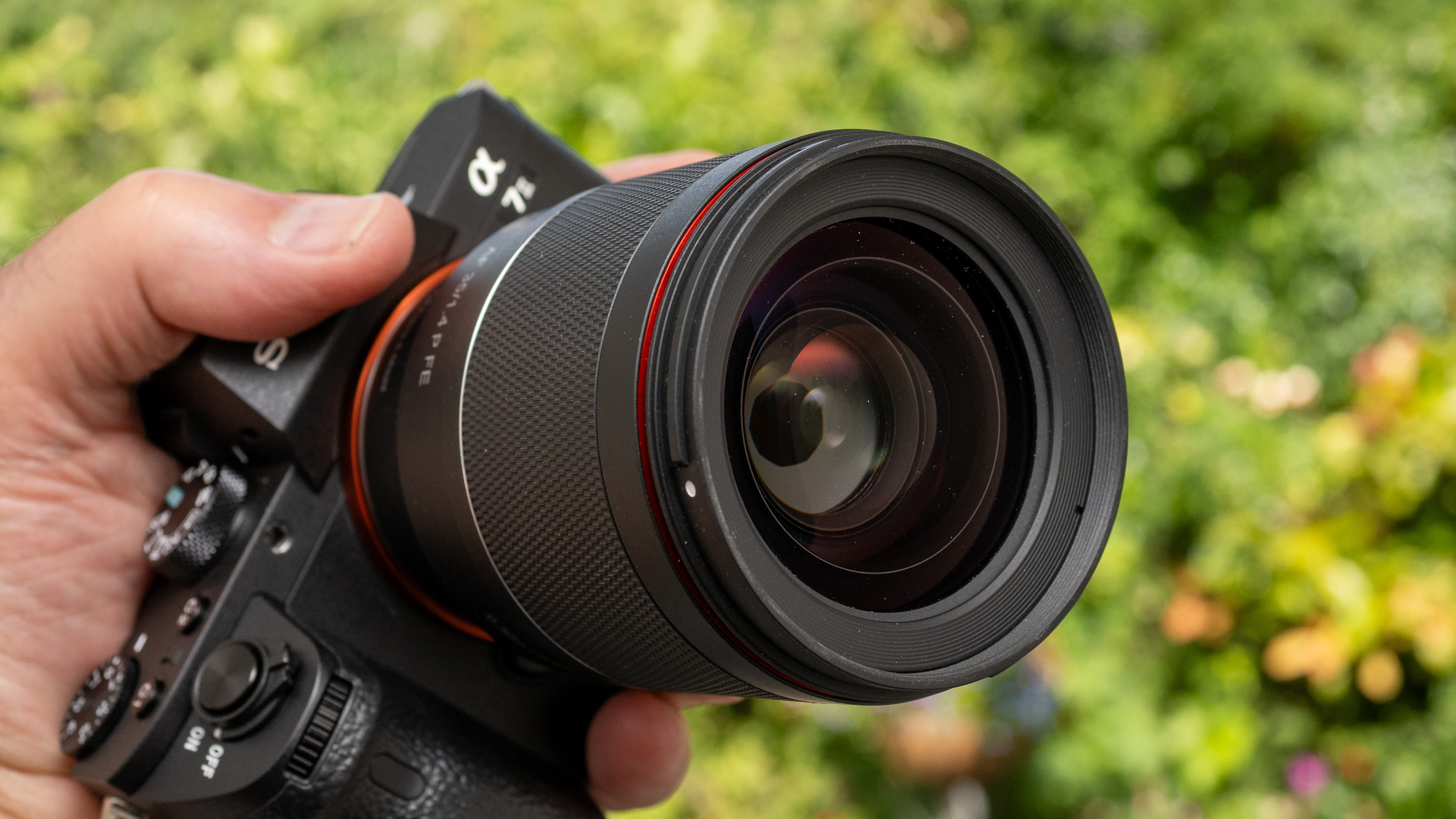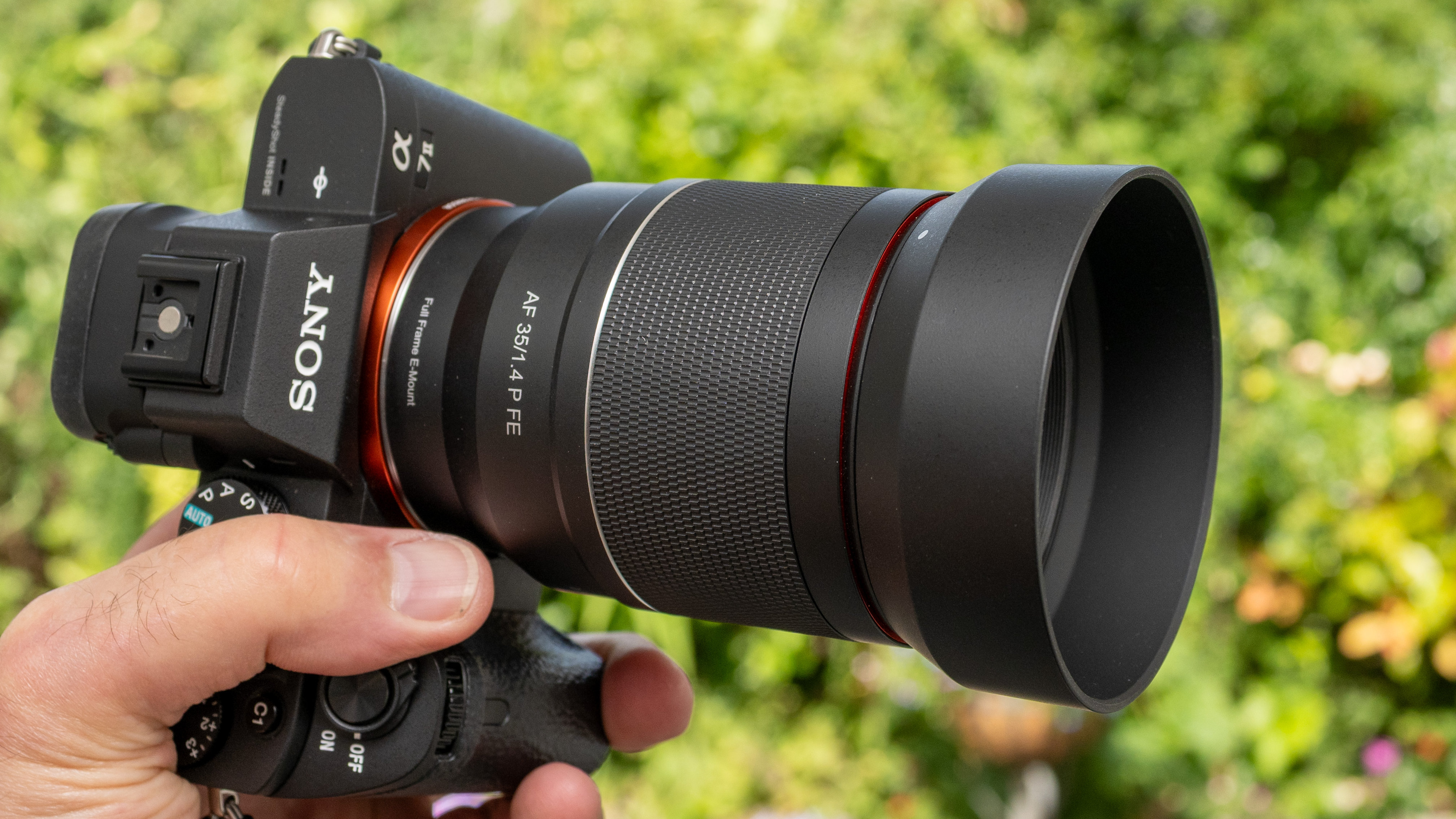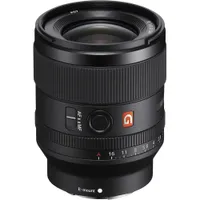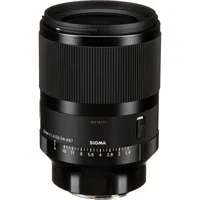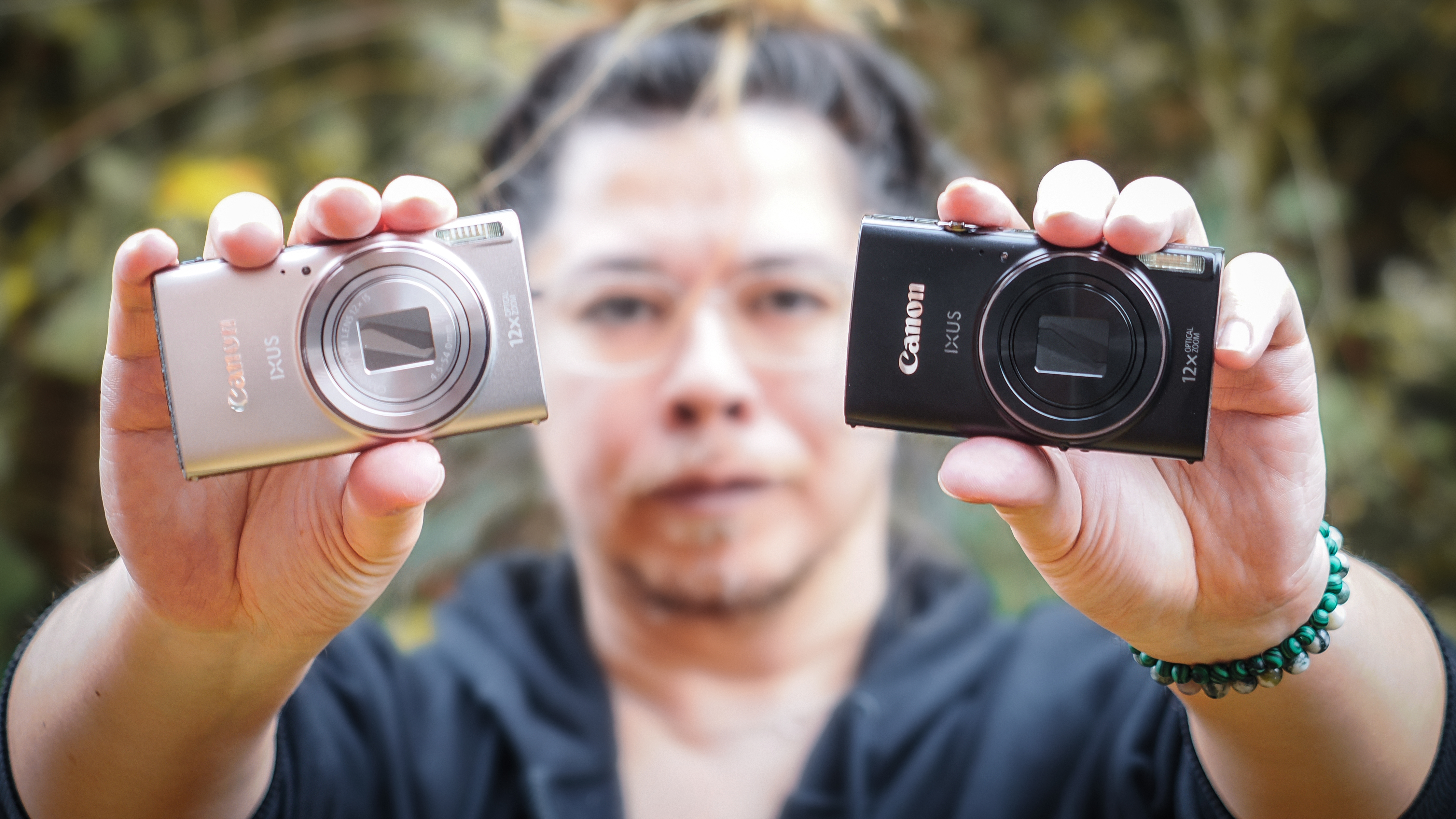Digital Camera World Verdict
My first impression of the LK Samyang AF 35mm f/1.4 P FE was that it’s unusually compact and lightweight, which can’t be a bad thing. I’m impressed that it nevertheless goes large on image quality, delivering very pleasing results in varied shooting conditions – varied to the extent that it features weather-seals. It’s a disarmingly simple lens to use but handling feels a touch basic.
Pros
- +
Fast f/1.4 aperture
- +
Weather-seals
- +
Conveniently compact
- +
Competitively priced
Cons
- -
No AF/MF switch
- -
No aperture ring
- -
No function buttons
Why you can trust Digital Camera World
LK Samyang is the new name of South Korean manufacturer Samyang, whose lenses are also often badged as Rokinon in the USA. The company has been ramping up its business since it launched back in 1972, making a gradual shift from manual-focus and fully manual lenses to autofocus lenses, often with a fair number of bells and whistles, or at least handling extras.
The lens I’m reviewing here is the first in a new ‘Prima’ series, aiming to bring pro-grade quality to the masses in a compact, lightweight, and affordable package. It certainly looks relatively basic compared with the second-generation Samyang AF 35mm f/1.4 FE II that I reviewed back in 2022, itself representing a major upgrade from the original Samyang AF 35mm F1.4 FE that I reviewed back in 2020. Let’s see what the new kid on the block has to offer, and if it can cut the mustard as one of the best lenses for Sony cameras.
LK Samyang AF 35mm f/1.4 P FE: Specifications
Mount options | Sony E (FE) |
Lens construction | 12 elements in 10 groups |
Angle of view | 63.4 degrees |
Diaphragm blades | 9 |
Minimum aperture | f/16 |
Minimum focus distance | 0.3m / 0.98ft |
Maximum magnification | 0.17x |
Filter size | 67mm |
Dimensions | 75x99mm / 3.0x3.9in |
Weight | 470g / 16.6oz |
LK Samyang AF 35mm f/1.4 P FE: Price
The LK Samyang AF 35mm Prima is designed to be affordable for an f/1.4 fast prime, priced at $699 / £528 / AU$1,099. That’s certainly a whole lot less expensive than the own-brand Sony FE 35mm f/1.4 G Master, which sells for $1,498 / £1,429 / AU$2,099.
Then again, the Sony lens is in a whole different league when it comes to build and handling, boasting an aperture ring with click/de-click switch, an AF/MF focus mode switch and a customizable function button.
The LK Samyang looks a very bare-bones affair by comparison. But for further comparison, it’s a little less expensive than the previous Samyang AF 35mm f/1.4 FE II. I’d put it in the same ballpark as the similarly priced Nikon Z 35mm f/1.4, which retails for £649 / $539 / AU$964.
LK Samyang AF 35mm f/1.4 P FE: Design & Handling
Let’s fact-check some those marketing claims made for the lens. It takes its Prima name from the Latin for ‘First’ and ‘Important’ and, as I mentioned at the outset, the keywords are portability, practicality and convenience. Let’s start with portability. LK Samyang says it’s the lightest 35mm f/1.4 lens for full-frame Sony cameras and I’m not going to argue. However, it’s actually marginally longer than the Sony G Master lens and only 54g / 2oz lighter, at 75x99mm / 3.0x3.9in and 470g / 16.6oz. The LK Samyang is also bigger and heavier than the equivalent Nikon lens although, naturally, that’s for a whole other breed of camera.
As for practicality, the key design elements in this respect are the fast f/1.4 aperture which enables true creative expression, especially combined with the short minimum focus distance of 0.3m / 0.98ft. Further practical values include a fast and near-silent stepping motor-based autofocus system, which is also designed to ensure minimal focus breathing. This makes the lens a practical option for videography as well as for shooting stills.
The best camera deals, reviews, product advice, and unmissable photography news, direct to your inbox!
LK Samyang also lists autofocus as a tick in a box from a convenience perspective, in that it’s fast and consistently accurate. Other factors in the convenience stakes include multiple weather-seals so rain needn’t stop play, and a USB-C port built into the mounting plate, so unforeseen Sony changes needn’t stop play either, thanks to the easy application of firmware updates.
One thing that’s less convenient is the lack of any handling extras. I’ve grown to like an AF/MF focus mode switch, so I can make the change without resorting to camera menus. I also like an aperture control ring, preferably de-clicked for shooting video, and a customizable function button for the likes of AF-On or AF-Hold. The LK Samyang has none of these. Instead, it’s a very straightforward lens in terms of handling, with just a manual focus ring. At least the ring works with smooth precision.
On the upside, the lens features some specialist glass, including no less than three aspherical elements, an ED (Extra-low Dispersion) element and an HR (High Refractive index) element. The aim is for sharp images with good clarity and minimal aberrations. Coatings are applied to resist ghosting and flare, and the lens comes with a reversible bayonet-fit hood.
LK Samyang AF 35mm f/1.4 P FE: Performance
The proof of the pudding is in the eating, as they say, and there’s nothing wrong with the image quality of this lens. Technically, it’s not as razor-sharp as the much pricier Sony FE 35mm f/1.4 G Master but it’s still very impressive, right across the whole image frame, even when shooting wide-open at f/1.4. As usual, it pays to stop down a little for the best edge/corner-sharpness.
For creative photographers, sharpness is only half the story – maybe even less. One of the biggest attractions of any ‘fast’ lens is that it enables a tight depth of field for isolating subjects and blurring busy backgrounds. Especially for close-ups with a short focus distance, the lens is capable of a tight depth of field and delivers beautifully smooth bokeh. Again, the quality of bokeh doesn’t quite match that of the Sony G Master lens, especially when stopping down a little. That’s mostly due to the Sony having a better-rounded 11-blade diaphragm, compared with the Samyang’s 9 blades. Even so, bokeh does remain very appealing when narrowing the aperture a little.
Lateral chromatic aberration can sometimes be slightly noticeable towards the edges and corners of the frame but automatic in-camera correction is available to fix this completely. The same goes for the fairly small amount of barrel distortion. Longitudinal (or axial) chromatic aberration can be more of a problem for fast lenses and sure enough, the Samyang does show a little color fringing just in front of and behind the plane of focus when shooting wide-open. Back on the plus side, the lens is very good at minimizing ghosting and flare. All in all, performance is highly impressive.
LK Samyang AF 35mm f/1.4 P FE: Sample Images
The following gallery of sample images was shot on a sunny morning at the Bristol Floating Harbour in the south west of England, pairing the lens with a Sony A7 II camera body.

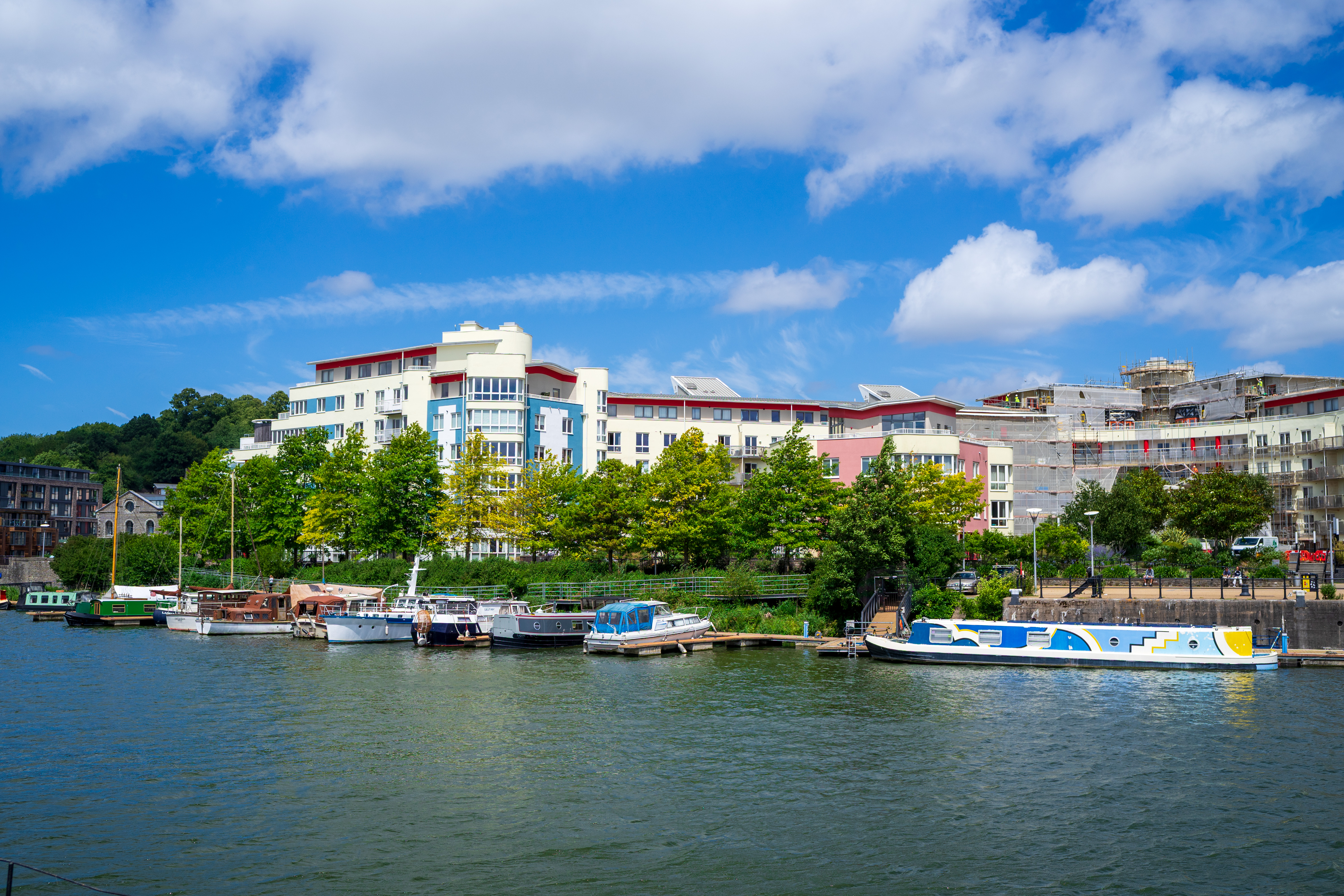
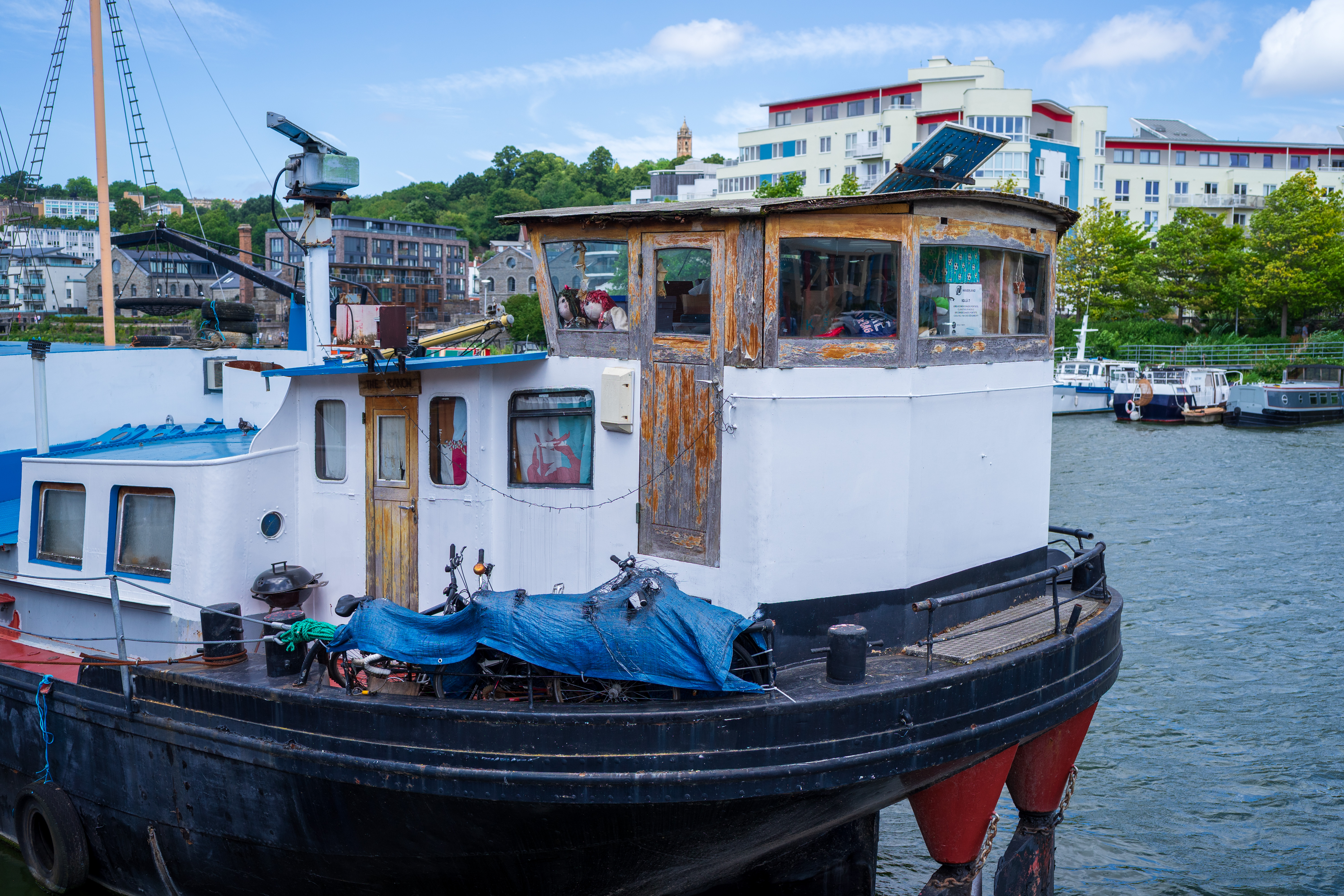
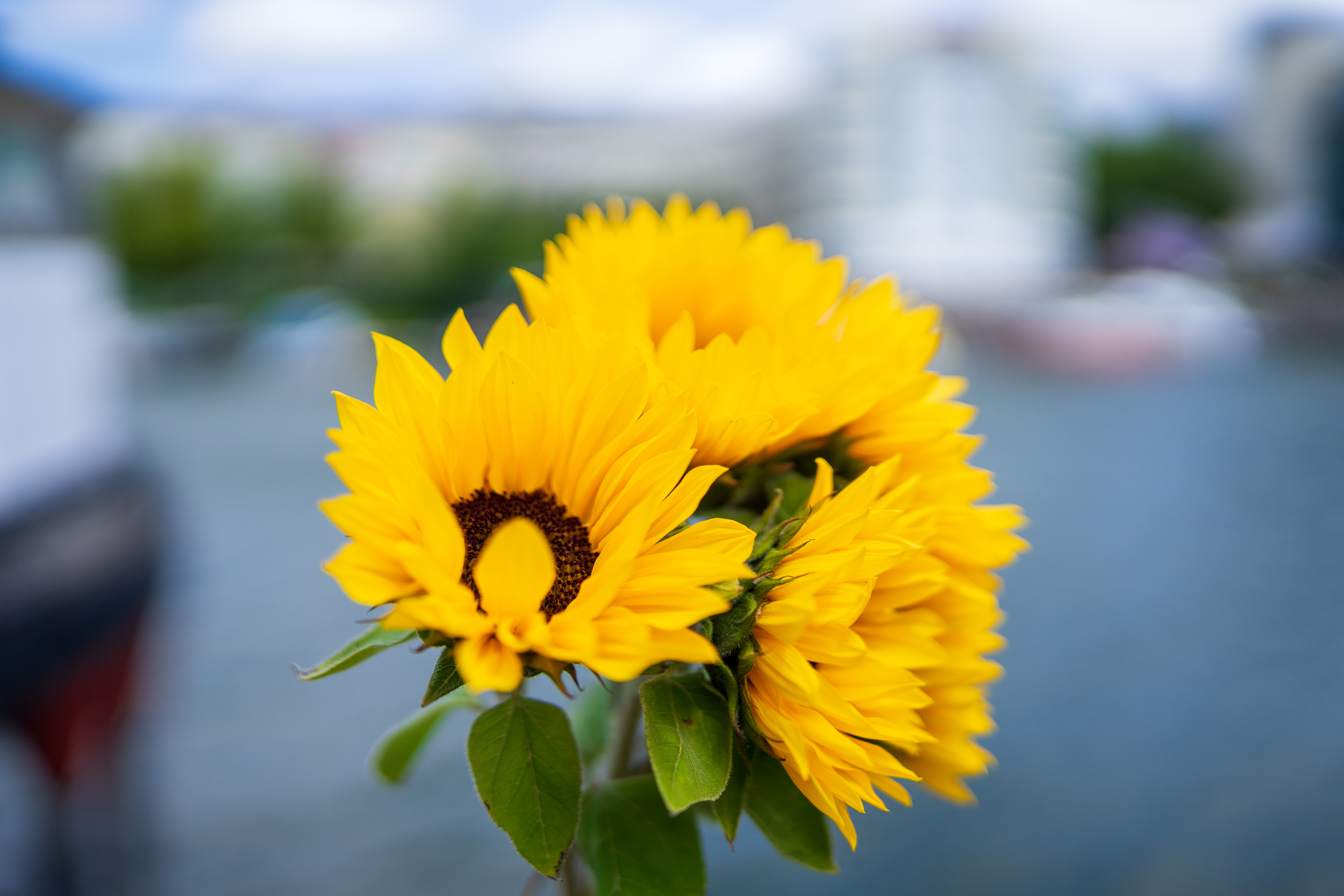
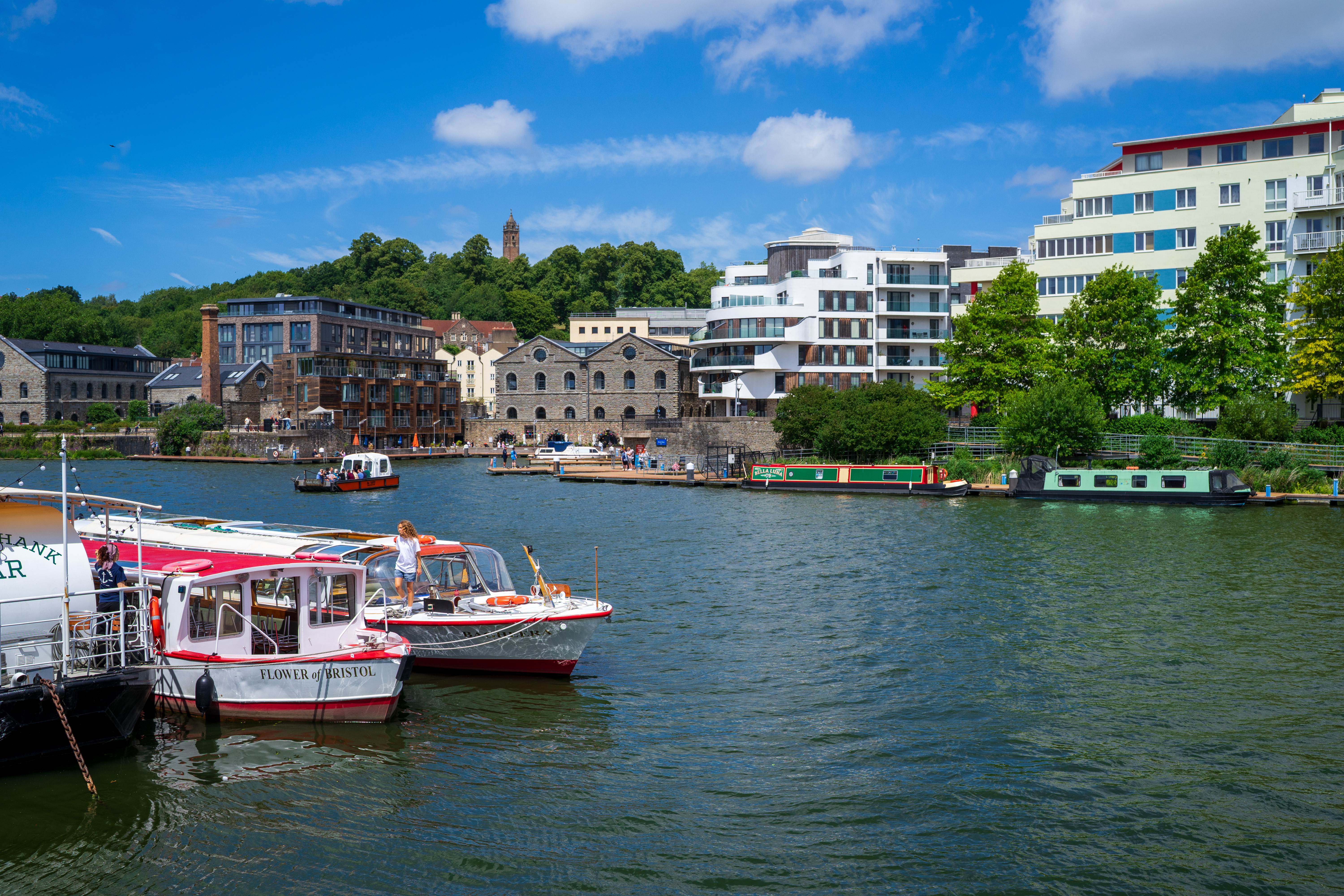
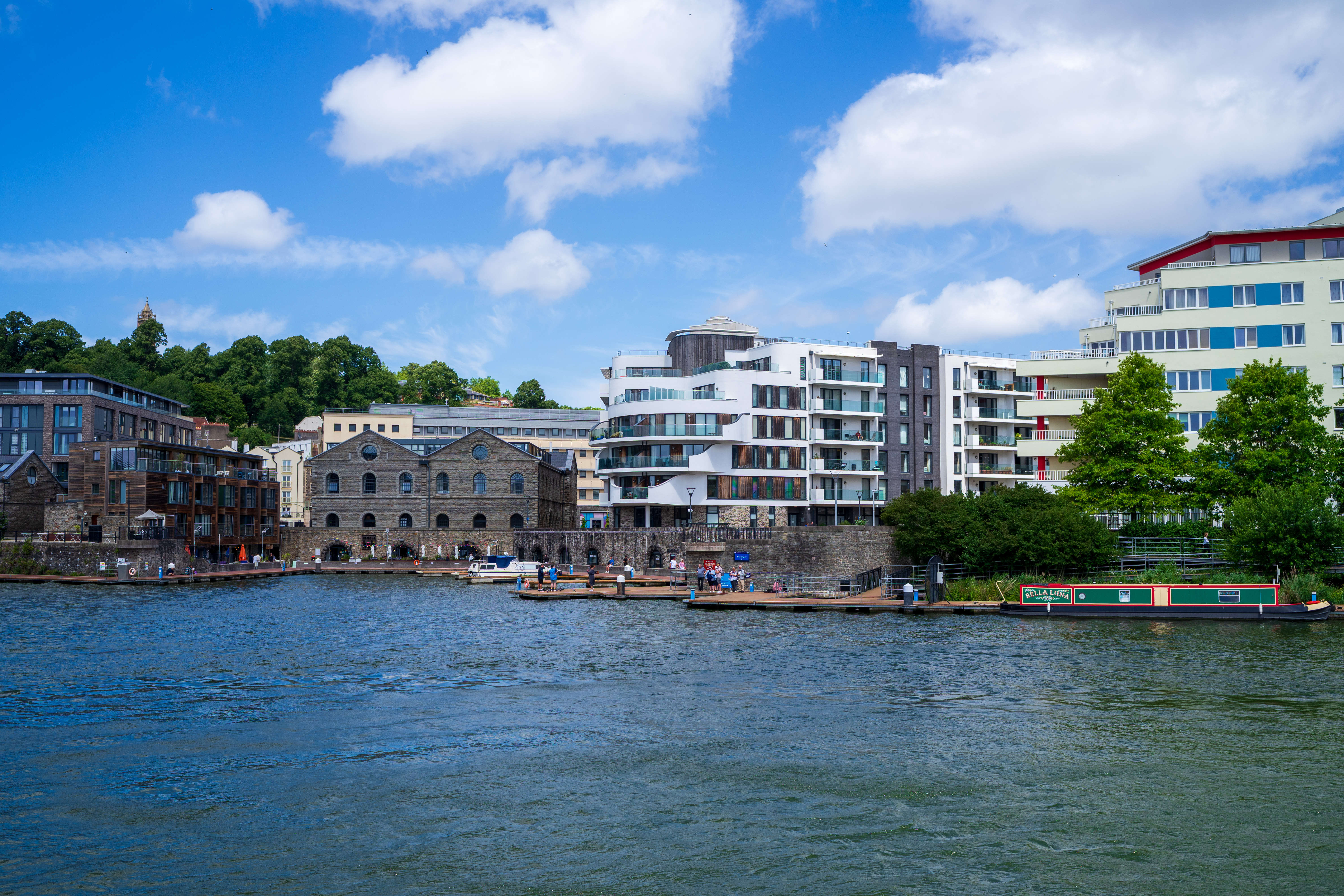
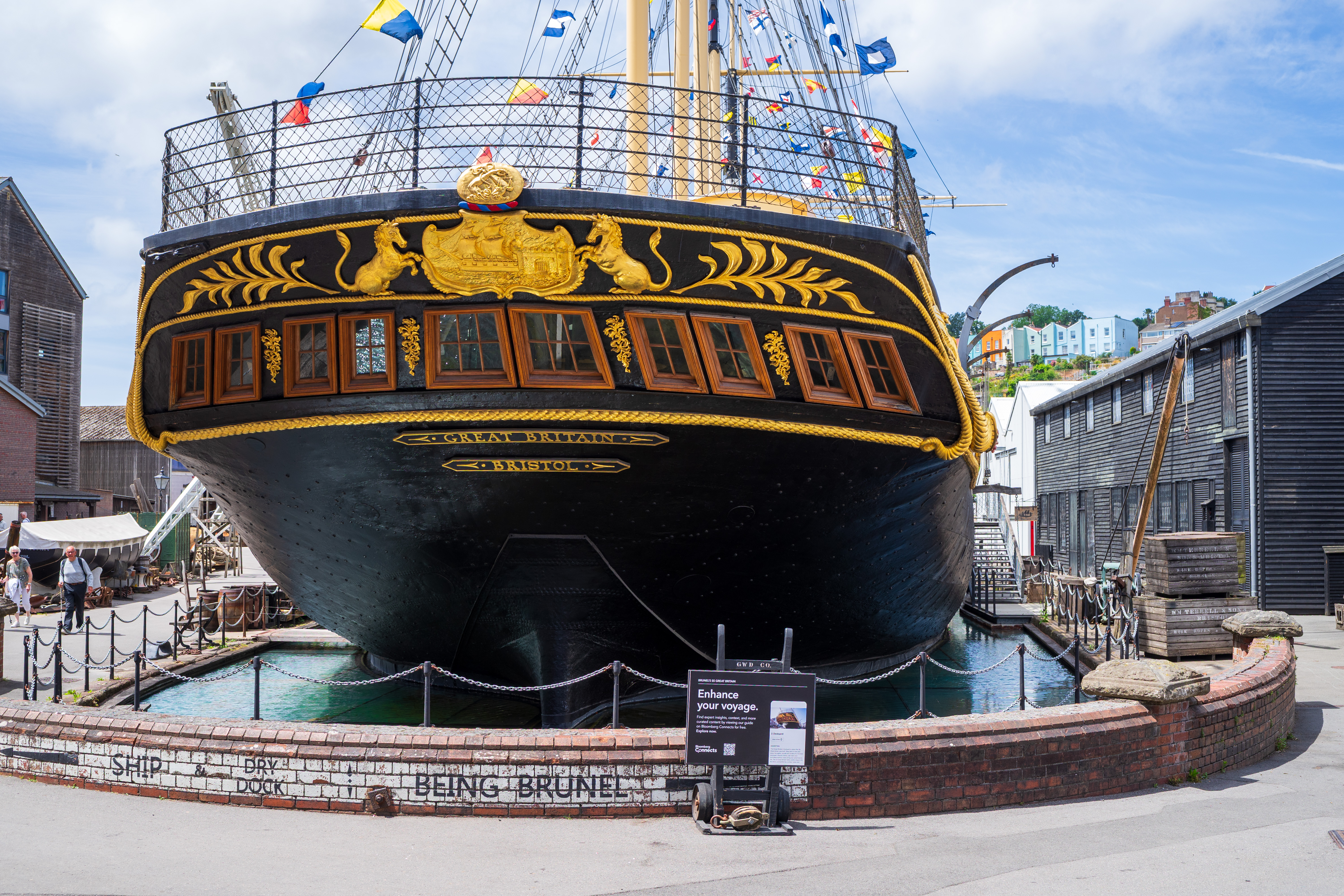

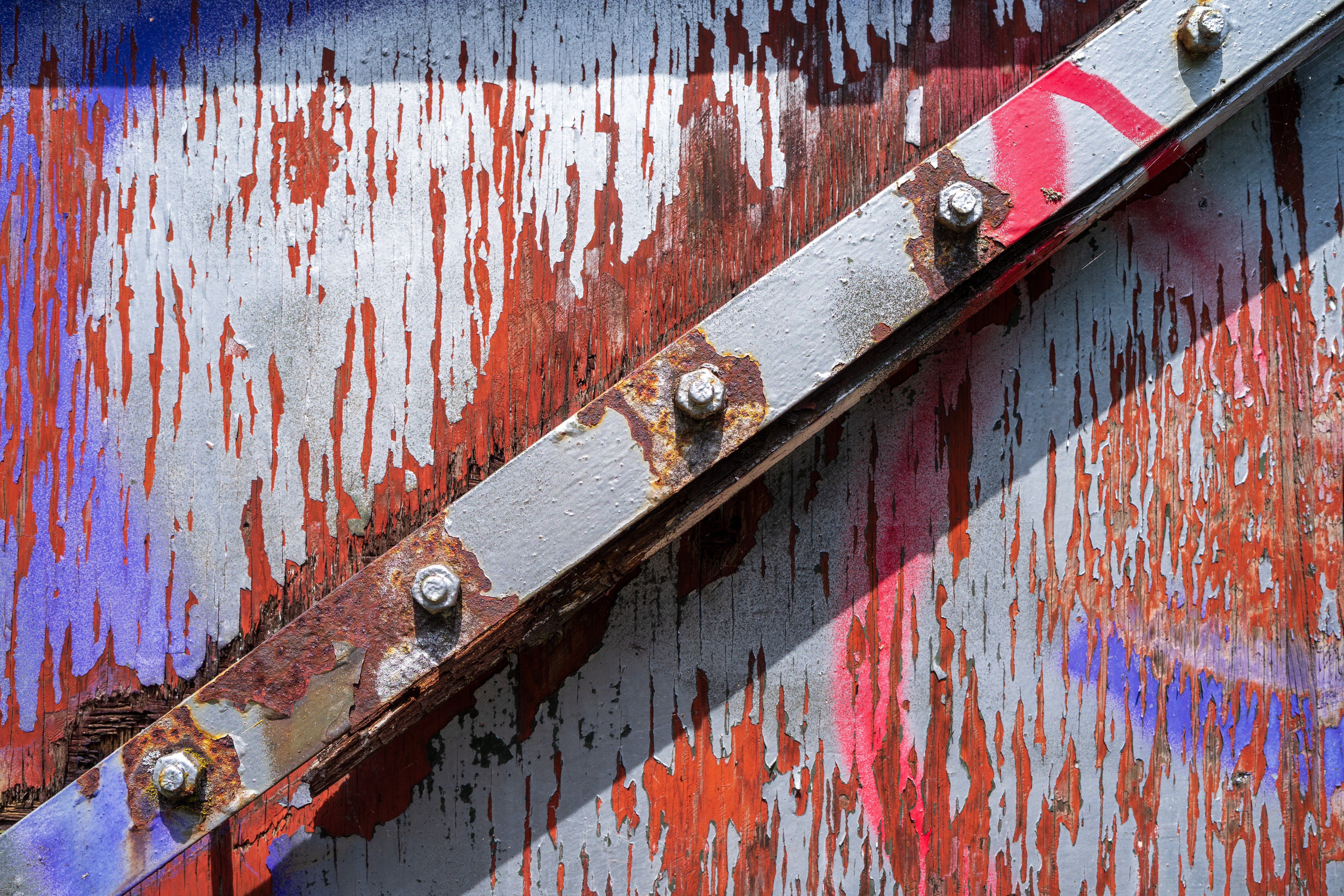

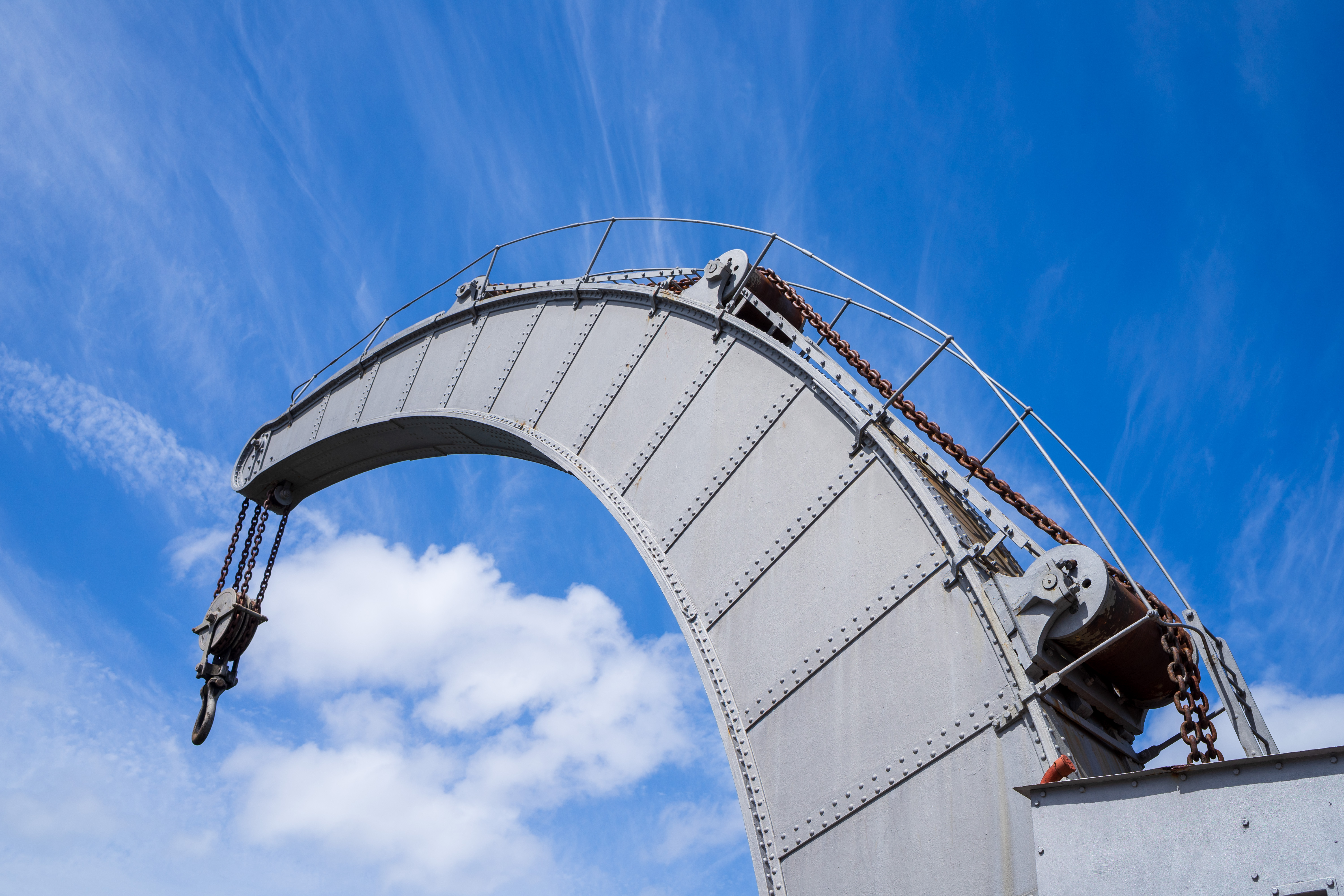
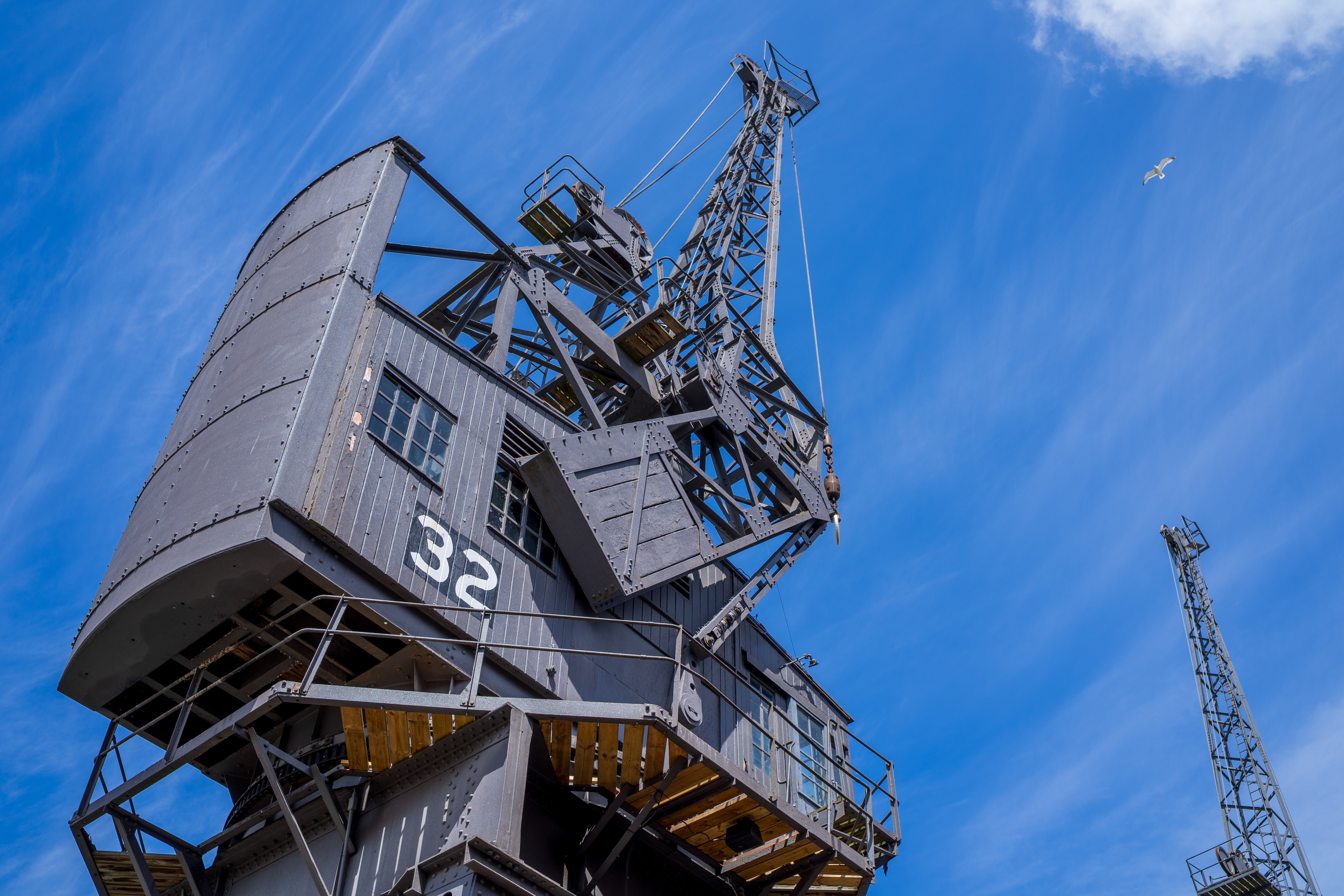
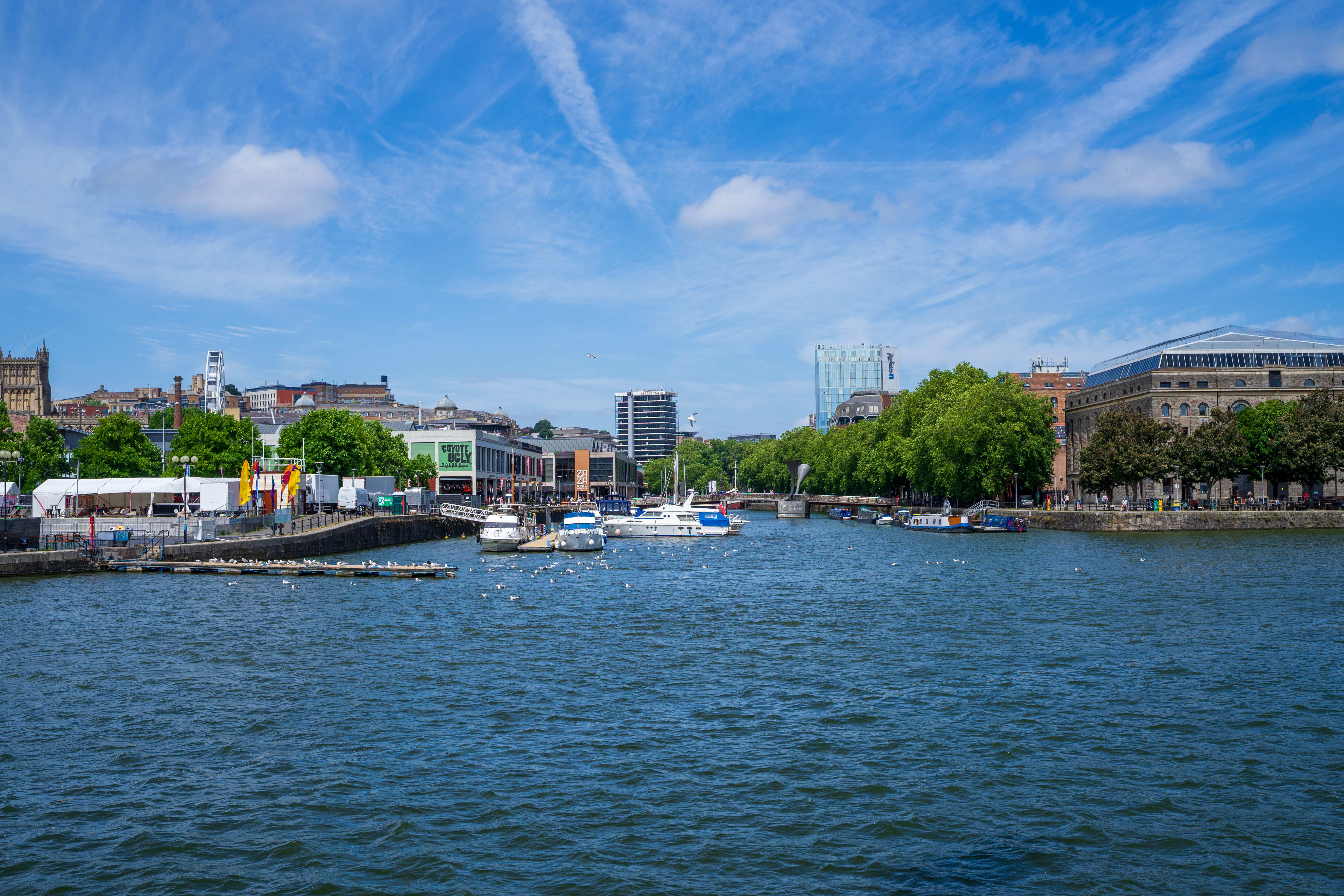
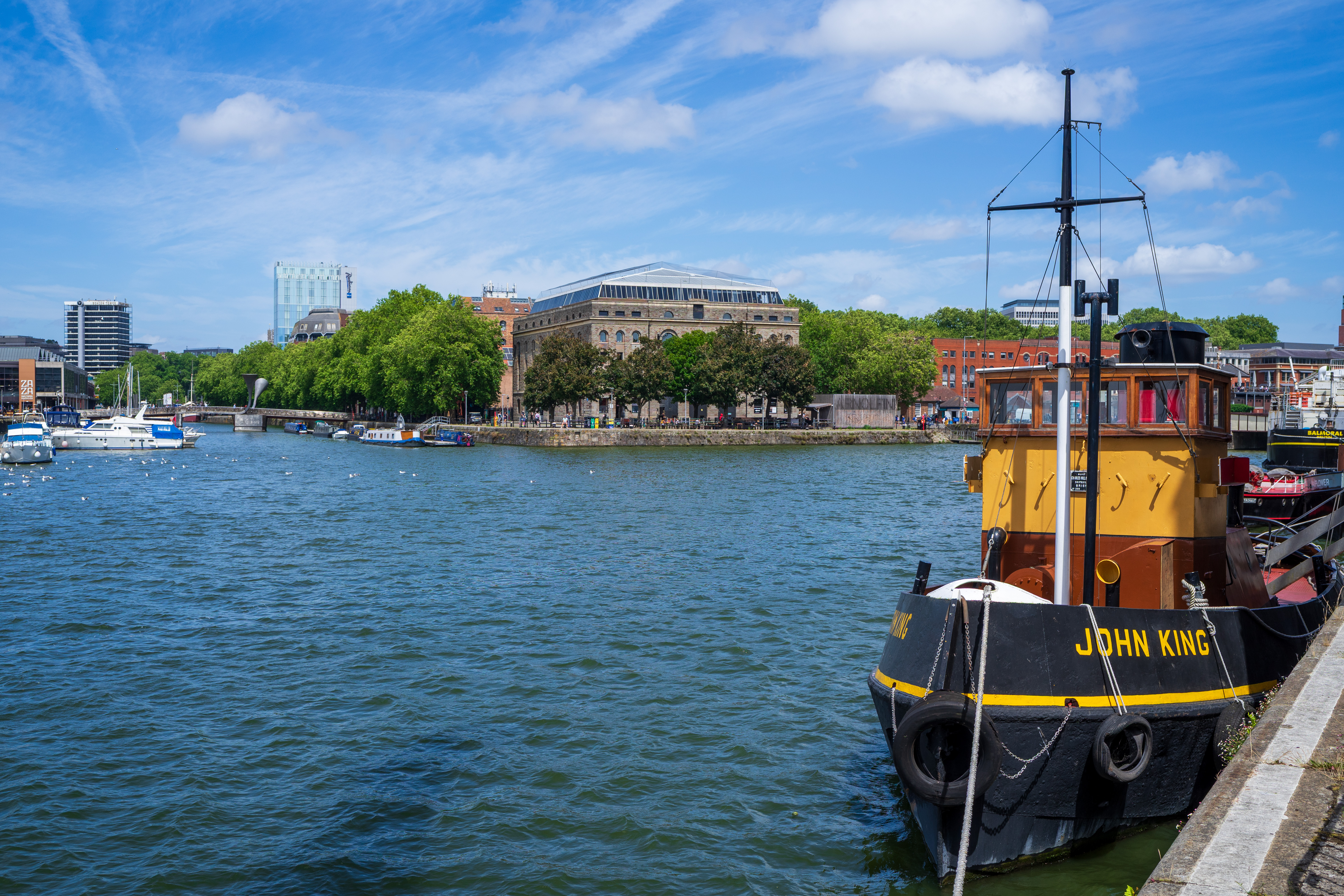
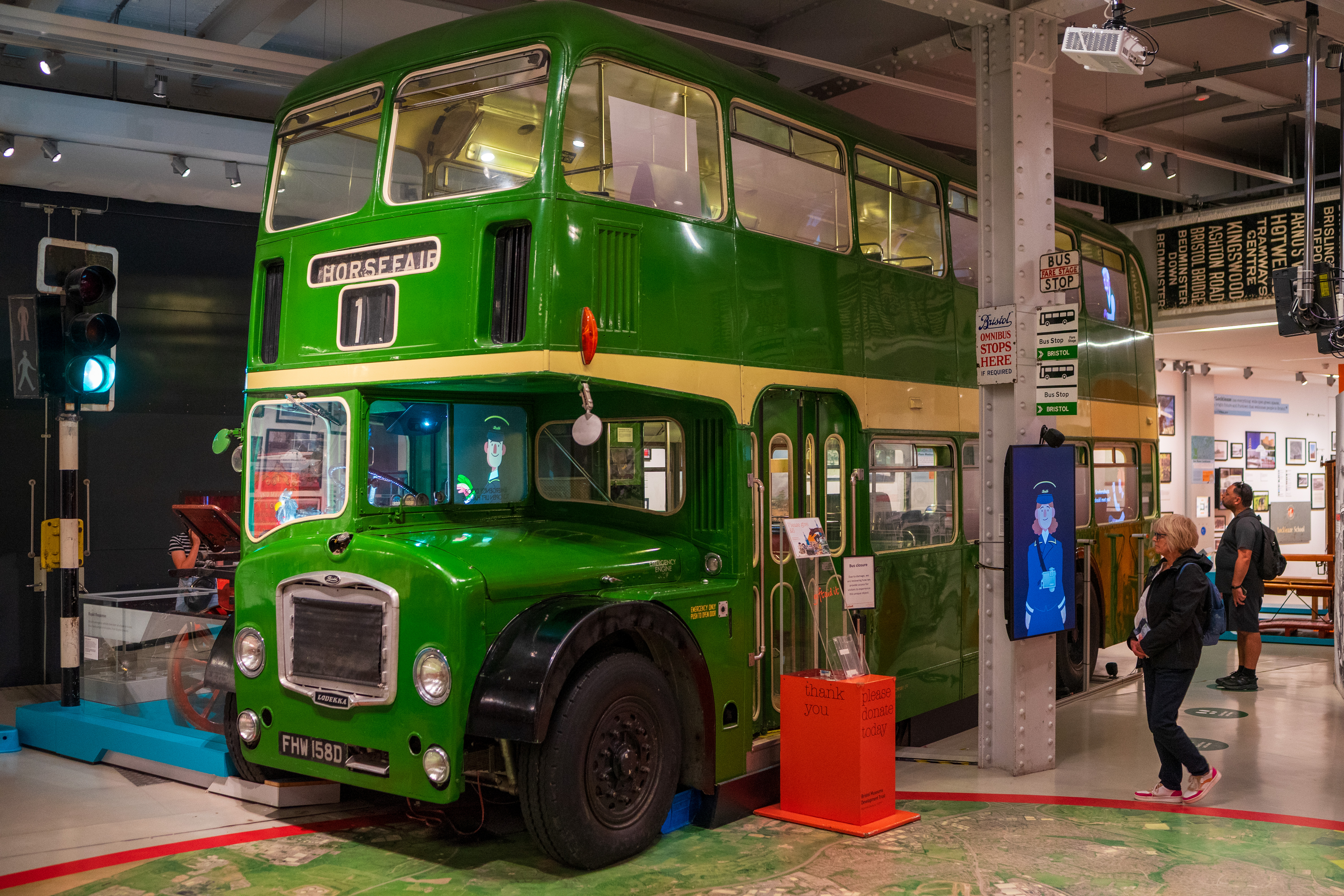


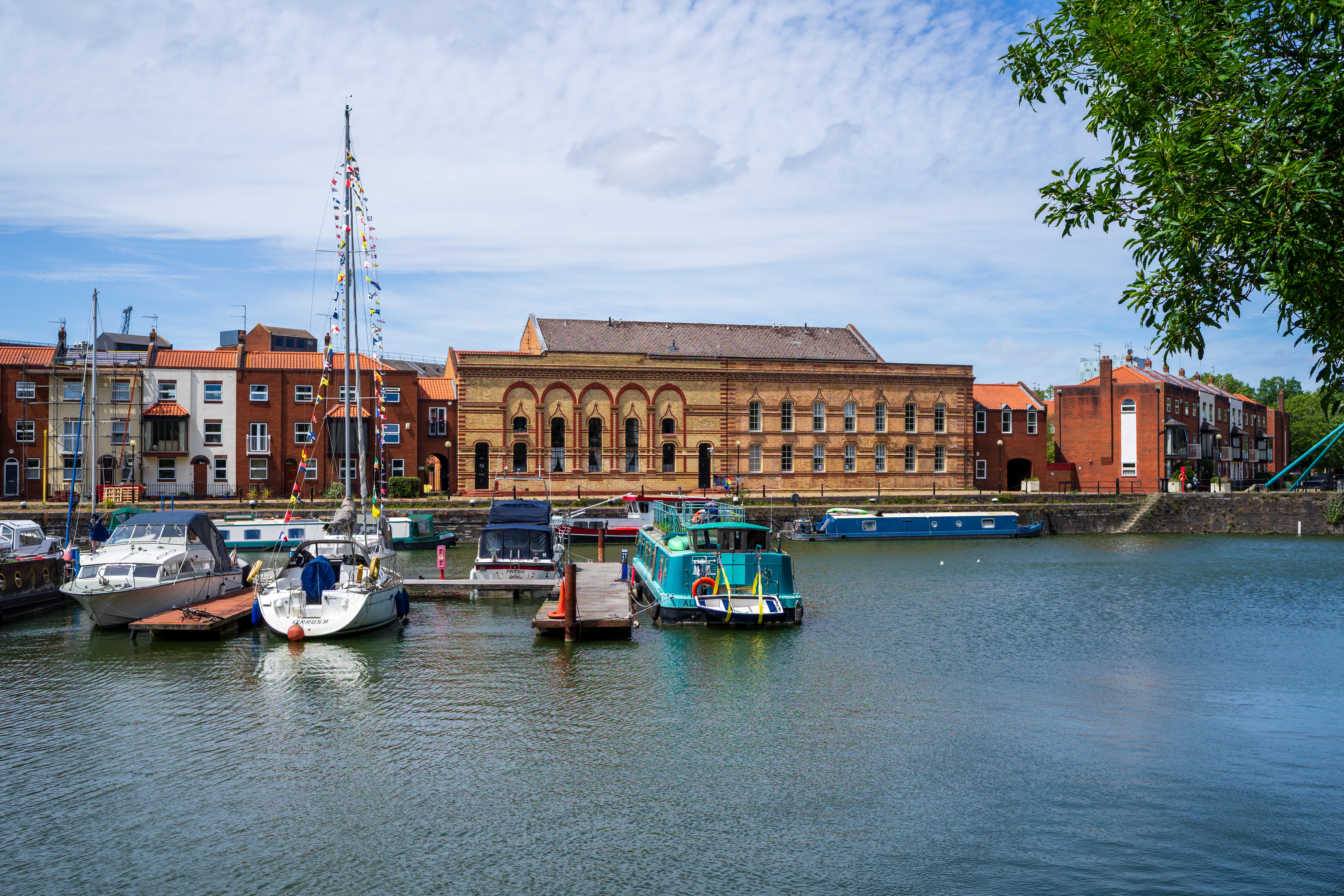
LK Samyang AF 35mm f/1.4 P FE: Lab Results
We run a range of lab tests under controlled conditions, using the Imatest Master testing suite. Photos of test charts are taken across the range of apertures and zooms (where available), then analyzed for sharpness, distortion and chromatic aberrations.
We use Imatest SFR (spatial frequency response) charts and analysis software to plot lens resolution at the center of the image frame, corners and mid-point distances, across the range of aperture settings and, with zoom lenses, at four different focal lengths. The tests also measure distortion and color fringing (chromatic aberration).
Sharpness:
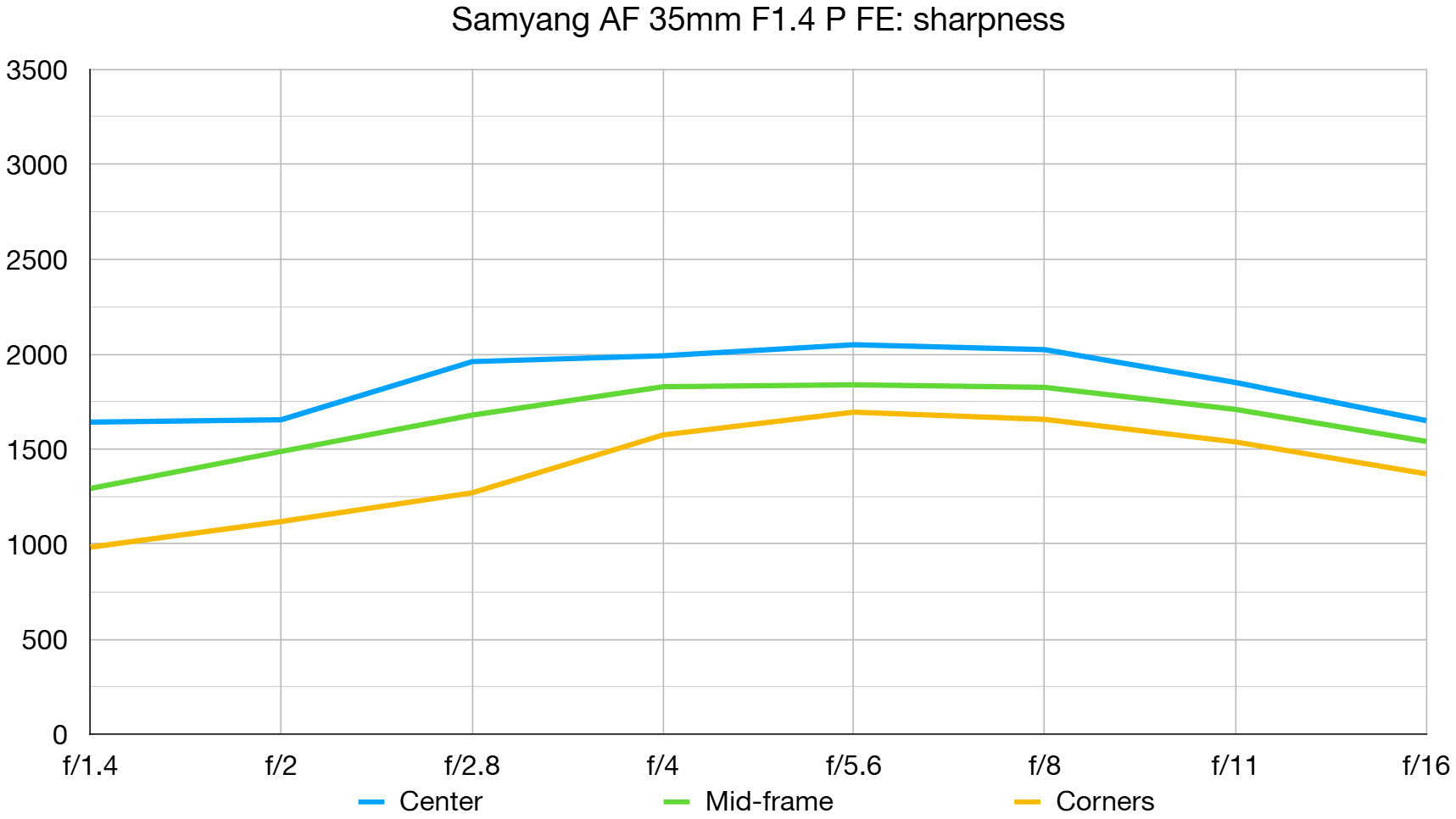
Center-sharpness gets off to a very good start wide-open at f/1.4 and gets even better when stopping down a little. Apertures of f/5.6 and f/8 deliver the best sharpness across the entire image frame, right into the edges and corners.
Fringing:
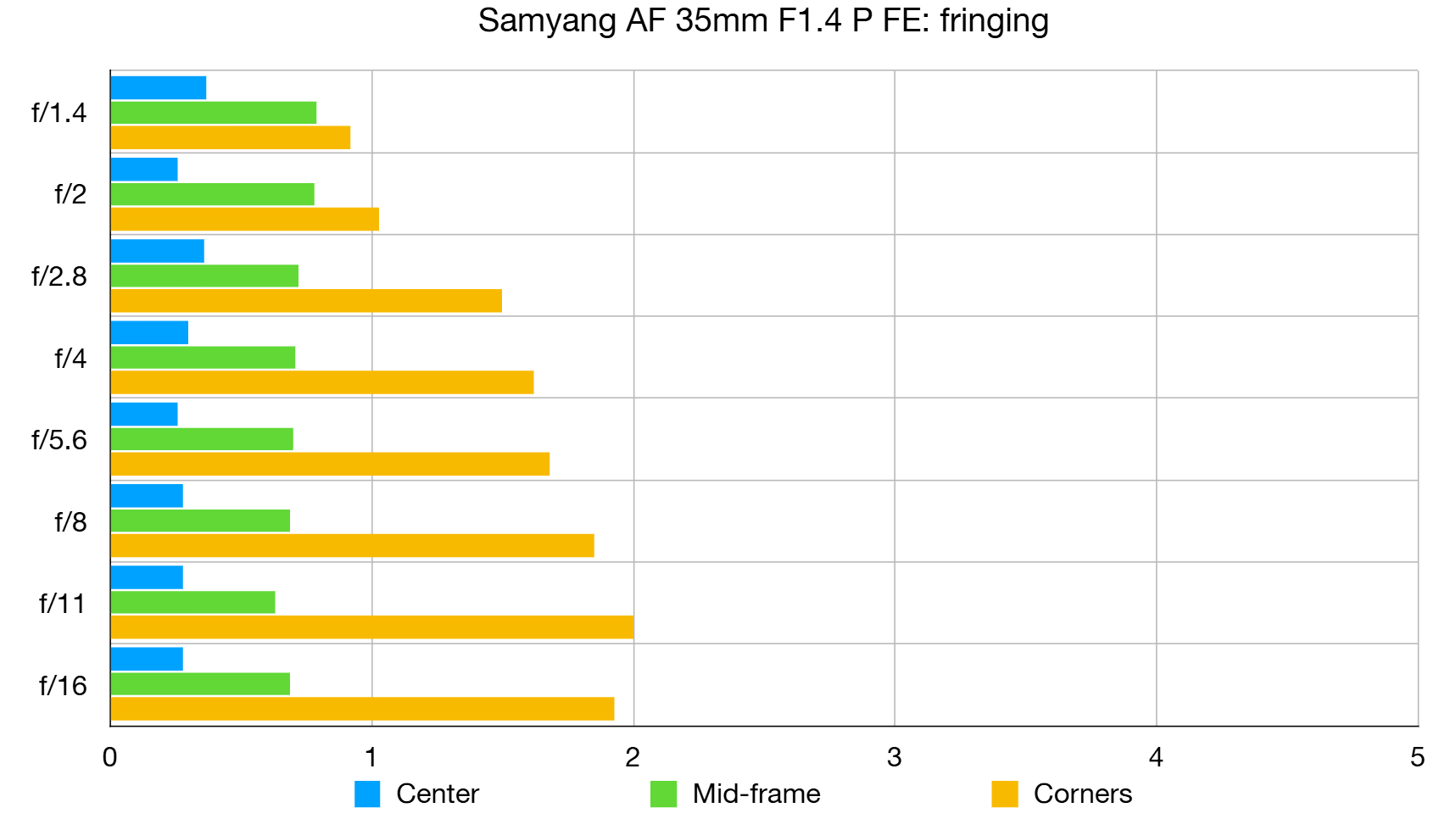
Lateral chromatic aberration can be a little noticeable, mostly towards the edges and corners of the frame, but this is easily taken care of by automatic in-camera correction. ‘LoCA’ or Longitudinal chromatic aberration can also be a little noticeable and is harder to correct.
Distortion: -2.11
Native distortion is much less than in many modern lenses designed for mirrorless cameras. As such, the LK Samyang relies a lot less on automatic in-camera correction for barrel distortion, compared with many lenses that are unusable without it.
LK Samyang AF 35mm f/1.4 P FE: Verdict
I have to admit to being a bit underwhelmed when I first clapped eyes on the LK Samyang AF 35mm f/1.4 P FE. It’s certainly a very straightforward lens with no handling extras beyond the absolute basics, but perhaps that’s part of its charm. It sets out to be a fast f/1.4 prime with impressive image quality, in a relatively compact, lightweight and affordable package that’s simple to use. And it does that very well indeed. All things considered, I could easily get hooked on this lens for street photography and general shooting.
Features ★★★★☆ | There aren’t any overly fancy features but the core attractions include a linear stepping motor autofocus system and a fast f/1.4 aperture. |
Design ★★★★☆ | The lens is designed to be compact and lightweight, which it is, but there are no design flourishes in the way of handling extras. |
Performance ★★★★★ | Along with fast and consistently accurate autofocus, there’s excellent sharpness and beautifully smooth bokeh which is exactly what I want from this type of lens. |
Value ★★★★☆ | The lens is keenly priced and certainly far less expensive than Sony’s G Master lens, but it’s not the very greatest value for money. |
Alternatives
The own-brand Sony FE 35mm f/1.4 G Master is a really top-flight, professional grade prime lens with all the associated handling extras. It’s around two to three times the price of the LK Samyang, depending on world region, selling for $1,498 / £1,429 / AU$2,099.
The Sigma 35mm f/1.4 DG DN Art claimed to set a new gold standard in its class when launched back in 2021. Like the Sony G Master lens, the Sigma features an aperture ring with a click/de-click switch and customizable function button. It sells for around $969 / £769 / AU$1,387.
Matthew Richards is a photographer and journalist who has spent years using and reviewing all manner of photo gear. He is Digital Camera World's principal lens reviewer – and has tested more primes and zooms than most people have had hot dinners!
His expertise with equipment doesn’t end there, though. He is also an encyclopedia when it comes to all manner of cameras, camera holsters and bags, flashguns, tripods and heads, printers, papers and inks, and just about anything imaging-related.
In an earlier life he was a broadcast engineer at the BBC, as well as a former editor of PC Guide.
You must confirm your public display name before commenting
Please logout and then login again, you will then be prompted to enter your display name.
